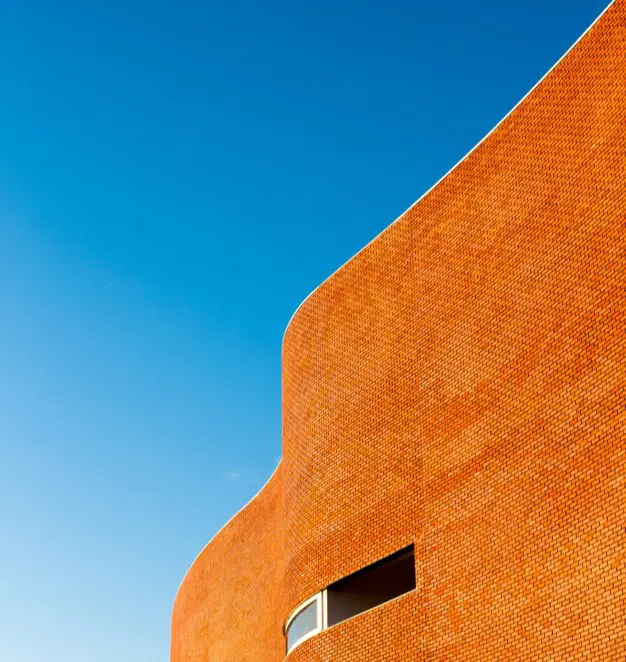One of the first notable commercial construction projects using mycelium was a prototype building constructed in Amsterdam in 2011. The building, which was designed by architect David Benjamin, was made entirely of mycelium bricks, with the bricks being grown on site using a mixture of straw and mycelium spores. The building was successful in demonstrating the potential of mycelium as a building material, and it received widespread media attention for its innovative use of the material.
Another successful commercial construction project using mycelium was a temporary pavilion constructed in New York in 2013. The pavilion, which was designed by architect The Living, was made of mycelium bricks and was used as a public exhibition space. The pavilion was praised for its sustainability and innovative use of the material, and it received a number of awards for its design.
In more recent years, mycelium has also been used in a number of other commercial construction projects, including a pilot project in Canada that used mycelium to create low-cost, sustainable housing for indigenous communities. The project, which was funded by the Canadian government, was successful in demonstrating the potential of mycelium as a building material for affordable housing solutions.
Overall, the use of mycelium in commercial construction projects is still in the early stages, but the success stories mentioned above demonstrate the potential of this innovative material. Its sustainability, low cost, and natural insulation properties make it an attractive alternative to traditional building materials, and as more architects and builders become aware of its benefits, we can expect to see a greater adoption of mycelium in commercial construction projects.


